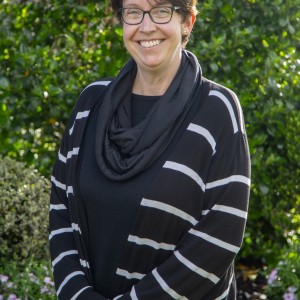Arts education explores, challenges, affirms, and celebrates unique artistic expressions of self, community, and culture. (NZ Curriculum, 2014)
Inspired by Nate Williams’ profile portraits, students in Room 8 were able to make connections to each other by including keywords about their likes and interests. Colour choice using dye allowed for extra personalisation and students enjoy comparing their portraits, finding out what they have in common.
Arts education explores, challenges, affirms, and celebrates unique artistic expressions of self, community, and culture. (NZ Curriculum, 2014)
Inspired by Nate Williams’ profile portraits, students in Room 8, were able to make connections to each other by including keywords about their likes and interests. Colour choice using dye allowed for extra personalisation and students enjoyed comparing their portraits, finding out what they have in common.
In the arts, students learn to work both independently and collaboratively to construct meanings, produce works, and respond to and value others’ contributions. (NZ Curriculum, 2014)
Room 8 has been working on their own Te Whare Tapa Whā wall display. Developed by Māori health advocate Sir Mason Durie, Te Whare Tapa Whā describes health and wellbeing as a wharenui/meeting house with four walls. These walls, or pillars, represent “taha wairua (spiritual wellbeing), taha hinengaro (mental and emotional wellbeing), taha tinana (physical wellbeing) and taha whānau (family and social wellbeing). Our connection with the whenua (land) forms the foundation. When all these things are in balance, we thrive.” (mentalhealth.org.nz)
This model allows students to apply the pillars to their daily lives, both as individuals and as a class unit. The wharenui was made in a similar fashion, bringing colour to the parts individually as we joined it together as a whole.
We joined all the parts together. It was a big job and it kept getting bigger and bigger. We had to add more paper. Each piece looks different. They join together and it’s really colourful. It stands out.
Arts education enables students to generate ideas about themselves, their experiences, and their environments and to express and communicate them in a variety of artistic forms. (NZ Curriculum, 2000)
Whenua means ‘the place we stand’. Students stand at Wairakei Primary School. Whenua includes the soil, rocks, plants, animals and people – the tangata whenua. As a way to connect ourselves to the whenua, we decorated rocks. We were lucky to get some paint pens, so even in the rain, our creations will remain. The instructions were to create a rock featuring our name, and one design of our own choosing, to share our personalities.
“You can also think about whenua as your place of belonging – that means the spaces where you feel comfortable, safe and able to be yourself. It could be around your friends, at home with whānau, as part of a sports team or even at your place of study or mahi/work.” (mentalhealth.org.nz) Our rocks help us feel more connected to our place.
I was excited to do all this art. It’s my happy place and makes me calm
I designed the ideas for rock painting first because I hadn’t done it before.
By participating in the arts, students’ personal well-being is enhanced. (NZ Curriculum, 2014)
We have created writing frames, in which we will display our published writing throughout the year. This adds a personal stamp to our classroom writing wall, featuring colourful, intricate designs and our favourite characters. Having our work on the wall helps us take ownership of our space and gives us a real purpose for our writing.
Learning in, through, and about the arts stimulates creative action and response by engaging and connecting thinking, imagination, senses, and feelings. (NZ Curriculum, 2014)
Room 8 voted in the inaugural online ‘Aotearoa Bug of the Year’ contest. Inspired by ‘Bird of the Year’, students voted on their five favoured bugs, learned their names in te reo Māori, wrote autobiographically about their imaginary life as a bug, and created a sketch and a print of their bug. In printmaking, students noticed that imprinted lines resulted white spaces and untouched areas showed up black. This allowed us to experiment with space and reversal of our images. It was almost like thinking backwards.
It’s creative. It gets our creative brains working. My ‘Bug of the Year’ was the pūriri moth and it’s very detailed.
I got to try printmaking. My print did not fit on the paper and so I had to make it fit by problem solving.
The Arts support a different kind of thinking. The key competency of thinking uses creative and critical processes to make sense of information and ideas. The Arts allow students to participate and contribute to their environment in a very visible way. Students also learn to relate to each other by responding to different art works.


Comments
No one has commented on this post yet.